TRANSFORMATION | 28.10.2020
The slow redesign of cities and neighborhoods
Part two of a set of interviews with a group of architects about how neighborhoods, towns and cities will change. Neighborhoods have come out on top and rural areas are confirmed as examples of coexistence.
Can architects redesign buildings and cities? Has COVID-19 changed plans at all?
Jesús Donaire and María Milans: It has been 100 years since the modern architecture movement, in addition to a new paradigm, had to respond to huge problems such as diseases, pandemics, threats such as TB and the overcrowding that arose as a result of the industrial revolution in the 18th and 19th centuries. The main principles of architecture during this movement are still the best response to our living problems: well-lit and well-ventilated spaces; buildings that are lifted above the ground by pilotis to prevent dampness problems; communal, open and landscaped spaces for more social living; and the use of rooftops and terraces as a means to make the most of the sun, etc.
In our professional work as architects, these parameters remain, even to this day, complex targets to meet in the large cities we work in such as Madrid, London, Milan and New York, where criteria such as natural light, ventilation and sound quality are often not met. Having lived through this unexpected situation, we now consider flexibility, both in public and private buildings and housing, a much more highly valued quality. Spaces that can quickly adapt to new dynamics, from the flexibility demonstrated by the IFEMA consortium in Madrid which became a hospital overnight, to the flexibility demanded of other spaces (houses, stores, gyms, etc.) that were sometimes too specific to be successful.
Nathalie Montoya: The notion of a neighborhood is the great triumph of COVID-19. In Latin America, we had been losing that idea of a city that you can walk around and that is organized into neighborhoods or districts and collective spaces where daily life takes place, due to the prominence of cars in urban planning and the high—and growing—population density of our cities, not to mention bigger issues such as segregation and social inequality. Firstly, lockdown dramatically revealed the privilege that some of us have to be able to live in a decent home with enough food, water and light. Quarantine in Latin American cities hit those who live in shacks or on the street, against the backdrop of an unstable economy caused by informal and uncertain work, so the right to the city has once again risen to the top of the social and ethical agenda. Post-COVID, cities must rethink their transport, collective leisure and social housing systems. Cities with more bicycles and pedestrians, more parks and free spaces for people to meet. Cities with decent and reasonably sized apartments, with more flexible and adaptable rooms, fewer cars, fewer shopping malls, fewer luxury apartments and ridiculously large houses.
Carlos García and Begoña de Abajo: We want the changes to happen very quickly, but we don’t think COVID-19 has changed anything yet. The need for space to work at home can cause problems if it means creating a more essential room in the home, when minimal living dominates in large cities. More than ever, it will be essential to design and find mechanisms that allow space to be used in different ways. Spending more time at home could lead to changes in collective housing and redesign our cities a bit. Being optimistic, perhaps it’s time to reassess social spaces in residential buildings, communal areas to be used for both leisure and group teleworking, similar to the co-working spaces that have appeared in public areas in recent years. Another potential change arising from remote working in the long-term would be the disappearance of office buildings that currently sit completely empty at night. A lot of office space would no longer be necessary, and companies would have to look for places to get together and conduct meetings rather than the isolated workstations that currently dominate many of these spaces.
Do new families and new realities, such as aging alone, disrupt or alter the architectural landscape?
Héctor Fernández: The situation we’ve experienced over the past few months—especially the elderly—has made us all stop and think. From an architectural point of view, I have no doubt that care homes will never be the same again. The challenge will be allowing elderly people to continue enjoying social relationships with the possibility of, if things take a turn for the worse, a safe and sustainable lockdown.
Jesús Donaire and María Milans: The limits of our individual and collective reality have long since ceased to be the town or city in which we were born. What we now measure, or have become used to measuring, is the time it takes by plane, train or car to get to our loved ones or to carry out our professional duties. This nomadic and dynamic way of life, combined with new family realities and ways of maintaining relationships, can have negative consequences, such as aging alone. In these new situations, architecture also has a big part to play; for example, with the creation of cooperatives or residential buildings with communal spaces where we can co-exist and build relationships, maintaining individual privacy without sacrificing on physical company. These initiatives must benefit from architectural quality, passive design, sustainability and modern technology.
In a broader sense, climate change, and even crises like the pandemic, are showing us other options for rediscovering and activating opportunities for both working and living in rural areas, as explored in Rem Koolhaas’ exhibition Countryside, The Future at the Guggenheim in New York. We’re in an extraordinary situation, with remote working providing a chance for us to slow down the process of depopulation, opening up a world of opportunities thanks to relocation and the need for us to rebuild a more human world where we can redesign certain aspects of globalization. Rural areas have always been the benchmark for coexistence, far from the sleepiness often attributed to them by cities, and have the right scale to be able to offer all basic services to their citizens in a sustainable way.
Nathalie Montoya: Attention to lifestyles is perhaps the only factor able to drive interesting and desirable movements toward the discipline of architecture. Transforming the historical models and collective housing experiments launched since the 20th century involves being attentive and incorporating into our projects the questions posed to us by new ways of emotionally connecting with others—extended families, roommates, those living alone with their pets, the elderly and their caregivers, and single adults, among others—as well as taking them into consideration in the new activities we look at in the broad world of contemporary living: remote working, parenting, public health spaces, work spaces, the coexistence of activities, rental space and domestic entertainment, for example. Architecture has a challenge on its hands: rethinking ways to respond to these realities.
Carlos García and Begoña de Abajo: What we’ve already seen about flexibility in housing also applies to the current social reality. The housing stock we’ve inherited from last century continues to offer housing with utility rooms that can only be accessed through the kitchen, which, in many student apartments, have since been converted into the cheapest rooms. New ways of life require new organization in our homes, but these changes take time. Flexibility should no longer strive, or at least not only strive, for a home to accept the changes of a family that first grows with children and then shrinks when they leave home; it must also be able to adapt to other types of family or co-living situations. Does it make sense that homes still have bedrooms of different sizes? Perhaps houses will become a set of rooms that, with the exception of the bathroom and kitchen, which require their own specific installations, are more of a free space; while being more or less compartmentalized, they could be used in different ways to suit our needs. If all our rooms were more neutral, they could all function as a bedroom to sleep in, somewhere to eat, a space to relax or a place to work. Or they could be divided by matters unrelated to function, such as day and night areas, warm and cool areas, or big rooms and small rooms, for example.
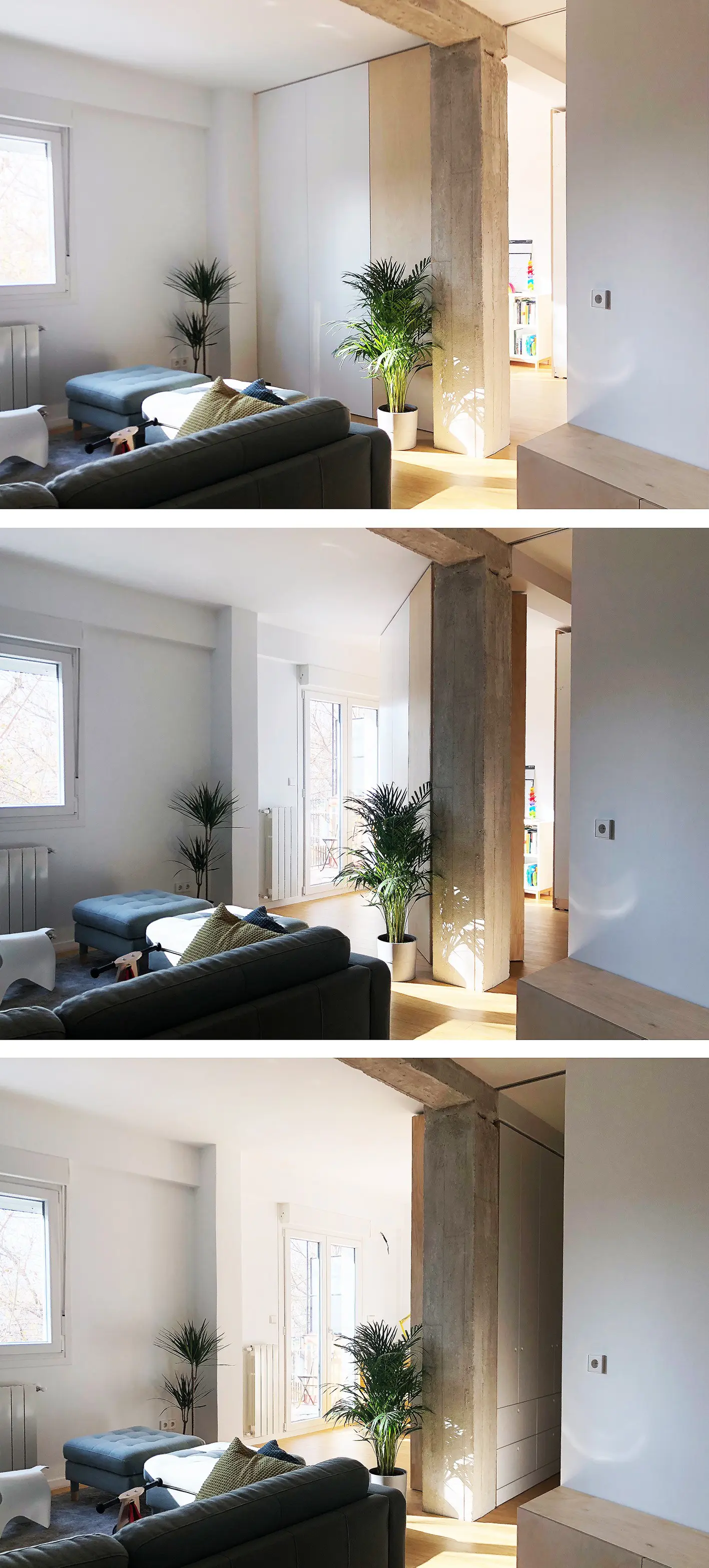
Depopulated cities, abandoned palatial houses: will we ever recover our treasures?
Héctor Fernández: Without a doubt. Cities are an important factor for reflection in the architecture world. In my case, I’m fascinated by the way in which nature has taken over the urban environment in just a few weeks — how plants have grown on sidewalks and birds have sung more assiduously. So, I think that cities should learn from the “naturalization” that lockdown has taught us.
Jesús Donaire and María Milans: We think so, yes, but we’ll inhabit them in a different way and use them for different things, just like we have been for years thanks to reuse initiatives such as Matadero Madrid, the High Line in New York and the Ansaldo Workshops in Milan. Until now, most people have tried to be as close as possible to the city. We believe that after the pandemic, many people will value their relationship with nature and their connection to the earth more highly, especially considering that remote working is now likely to be a feasible option. The role of the city and its buildings is therefore changing, and we’re excited to be a part of this transformation. In this new paradigm, could we end up relocating to rural areas, turning cities into cultural hubs, while our personal and professional development takes place closer to nature, thanks to remote working?
Nathalie Montoya: Cities are without a doubt mankind’s greatest invention and I don’t think they will ever lose their value. Human beings are some of the most social creatures on earth, so this pandemic has hit us at the very heart of our cultural system. Empty streets create a feeling of sadness and helplessness. Are we ready to give up what we’ve built as a society with centuries of thought and work? To lose what urban life means? If the 20th century gave us sanitation systems, cities for work, cars and other features that define the urban models we live in, today it’s our job to design cities for new challenges: global warming, the environmental crisis, social and cultural globalization, tourism and pandemics. Houses that protect us from disease, expand our productive and free time, and are connected to daily life. Of course, we will not only recover our treasures but also adapt them to the demanding realities that a globalized world presents us. As a Latin American, I am resilient and adaptive by nature, and that’s what the world demands of us today. We cannot continue to use old, out-of-date and perhaps too-familiar logic to think about changing realities and consumer well-being without giving innovative answers.
Carlos García and Begoña de Abajo: We don’t think there’ll be a mass exodus from large cities to the countryside, because cities are still unbeatable cultural hubs where there’s always something happening, where you can go to the theater, to an exhibition or to a park in the evening. Everything that COVID-19 took from us so suddenly will come back, hopefully stronger than ever. What we’ve talked about with our colleagues is that domestic tourism, made necessary by the health crisis, has allowed many people to return to abandoned village homes, and there have even been investments in and sales of almost derelict countryside houses so they can be brought back as vacation spots. It would be fantastic if what’s happened continues, if remote working could even help villages stay alive in areas that are quickly losing inhabitants. Perhaps what does have a future are second homes — not just those on the coast that are only used in the summer, but also those in the countryside that are used regularly throughout the year for a few days at a time.
About the experts:
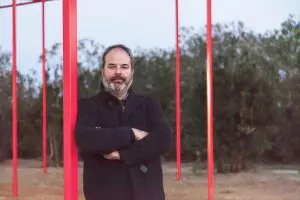 Héctor Fernández Elorza graduated with an Architecture degree from the Higher Technical School of Architecture in Madrid (ETSAM) in 1998, specializing in Urban Planning and Construction, and has been a professor in the ETSAM’s Department of Architectural Projects since 2001. Having been awarded an EU scholarship during his training period, he studied at the Technical University of Darmstadt and the KTH Royal Institute of Technology in Stockholm. He is also now a guest lecturer at universities and conferences, and has won several architectural awards.
Héctor Fernández Elorza graduated with an Architecture degree from the Higher Technical School of Architecture in Madrid (ETSAM) in 1998, specializing in Urban Planning and Construction, and has been a professor in the ETSAM’s Department of Architectural Projects since 2001. Having been awarded an EU scholarship during his training period, he studied at the Technical University of Darmstadt and the KTH Royal Institute of Technology in Stockholm. He is also now a guest lecturer at universities and conferences, and has won several architectural awards.
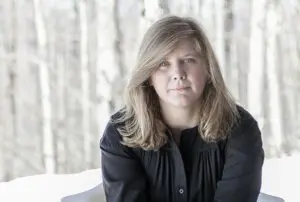 After several occasional collaborations in previous years, Jesús Donaire and María Milans del Bosch founded their studios in Madrid. Both their careers have earned them international recognition, publications and prestigious awards.
After several occasional collaborations in previous years, Jesús Donaire and María Milans del Bosch founded their studios in Madrid. Both their careers have earned them international recognition, publications and prestigious awards.
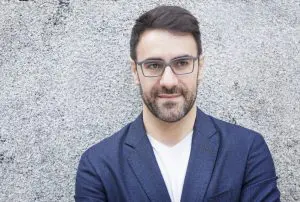 Alongside their professional activity, they teach at the Technical University of Madrid, the Polytechnic University of Milan and the New Jersey Institute of Technology.
Alongside their professional activity, they teach at the Technical University of Madrid, the Polytechnic University of Milan and the New Jersey Institute of Technology.
 Nathalie Montoya earned both her bachelor’s and master’s degree in Architecture from the Medellin campus of the National University of Colombia, in addition to a master’s degree in Urban Studies from the Polytechnic University of Catalonia in Barcelona. Since 1996, she has been an associate professor at the National University of Colombia and director of the Grupo de Estudios en Arquitectura y Urbanística (Architecture and Urban Planning Study Group). She was also included in Colombia’s XVI Bienal de Arquitectura (16th Biennale of Architecture). She is the co-founder and partner of her own studio, ML Arquitectos, which has earned her several awards, as well as a speaker, lecturer and guest lecturer at various universities.
Nathalie Montoya earned both her bachelor’s and master’s degree in Architecture from the Medellin campus of the National University of Colombia, in addition to a master’s degree in Urban Studies from the Polytechnic University of Catalonia in Barcelona. Since 1996, she has been an associate professor at the National University of Colombia and director of the Grupo de Estudios en Arquitectura y Urbanística (Architecture and Urban Planning Study Group). She was also included in Colombia’s XVI Bienal de Arquitectura (16th Biennale of Architecture). She is the co-founder and partner of her own studio, ML Arquitectos, which has earned her several awards, as well as a speaker, lecturer and guest lecturer at various universities.
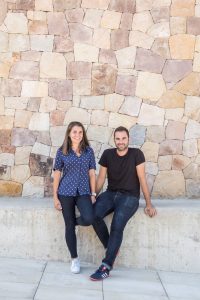 deAbajoGarcía is an architecture studio established by couple Carlos García Fernández (1982, Cangas del Narcea, Asturias) and Begoña de Abajo Castrillo (1986, León), The studio was founded in New York in 2013 and is currently based in Madrid. Having studied at the Higher Technical School of Architecture in Madrid (ETSAM), they both received Fulbright scholarships from Columbia University in New York, where they each earned their Master of Science degree in Advanced Architectural Design. In addition their professional life, they both work as professors and researchers at the Technical University of Madrid.
deAbajoGarcía is an architecture studio established by couple Carlos García Fernández (1982, Cangas del Narcea, Asturias) and Begoña de Abajo Castrillo (1986, León), The studio was founded in New York in 2013 and is currently based in Madrid. Having studied at the Higher Technical School of Architecture in Madrid (ETSAM), they both received Fulbright scholarships from Columbia University in New York, where they each earned their Master of Science degree in Advanced Architectural Design. In addition their professional life, they both work as professors and researchers at the Technical University of Madrid.

